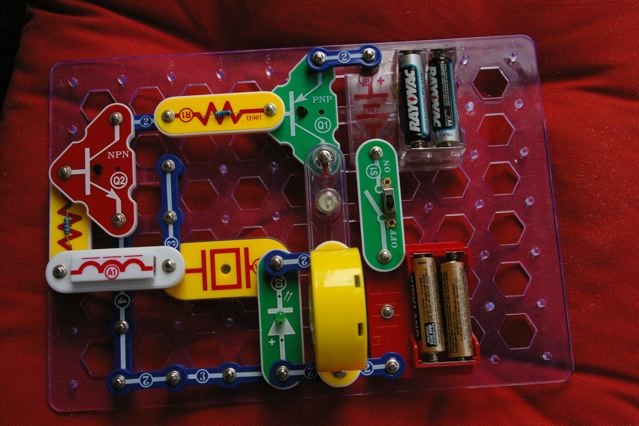 As an old time direct marketer, I like promotions that a/tie in neatly to the core value proposition being advertised and b/have a clear call to action. So I was bemused earlier this year when I started receiving a free publication called “Deliver” from the marketing department at the United States Postal Service, obviously designed by an unsupervised creative cadre, filled with tips like use email, not the post office, to save money!
As an old time direct marketer, I like promotions that a/tie in neatly to the core value proposition being advertised and b/have a clear call to action. So I was bemused earlier this year when I started receiving a free publication called “Deliver” from the marketing department at the United States Postal Service, obviously designed by an unsupervised creative cadre, filled with tips like use email, not the post office, to save money!
Then came a highly personalized mailer with an invitation to send away for a free t-shirt so I can advertise that I am an “environ-mail-ist” because of my commitment to “greener direct mail”. The ironic possibilities here are endless, so I immediately requested my t-shirt and it was at my door a couple of days later. I will add that everything was impeccably produced, down to my name in the appropriate places and a unique code to enter on the website.
So today I open the package and… they shipped the t-shirt in the wrong size! Yes funny, everything right except the product itself. But I really wanted to be able to wear that t-shirt! So I start going through the fulfillment package looking for contact information and there isn’t any. No person to call, no email, just a loose invitation to go online to delivermagazine.com to find more about greener marketing.
Which I do, and I choose the contact me tab, and I am able write a message to them but there are only smirking choices for “Why are you contacting Deliver” like “not sure” or “bored I guess”. I go ahead and state my problem and click “send” and we’ll see what happens. Meanwhile, I’m reminded of David Ogilvy’s observation that “Every copywriter should start his career by spending two years in direct response. One glance at any campaign tells me whether this author has ever had that experience.” Indeed.
 What’s nice is the harmony—a visual harmony between the angle of the clouds and the roll of the hill, but also a harmony between man and nature. It’s obvious that this is a domesticated setting—the green hillside has been mown, and there are traces of a road at its base—but the human touch enhances the setting, rather than blighting it.
What’s nice is the harmony—a visual harmony between the angle of the clouds and the roll of the hill, but also a harmony between man and nature. It’s obvious that this is a domesticated setting—the green hillside has been mown, and there are traces of a road at its base—but the human touch enhances the setting, rather than blighting it.